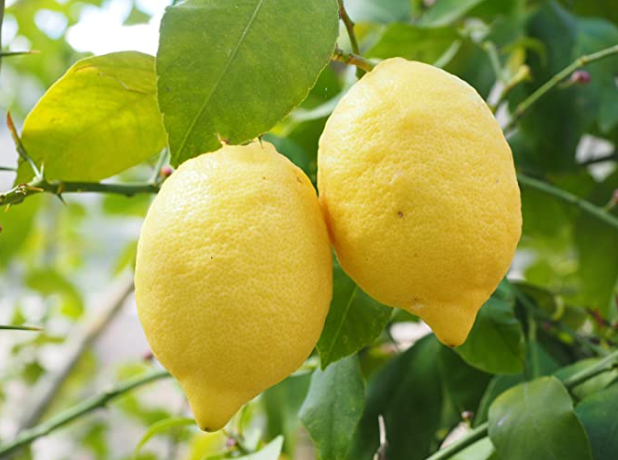Clonal cocoa plants are genetically identical copies of a single parent plant, produced through asexual propagation methods. This is in contrast to seedling cocoa plants, which are grown from seeds and thus have genetic variation from their parent plants due to sexual reproduction.
Clonal Cocoa Plants
Clonal propagation is a crucial strategy in modern cocoa farming for several reasons:
Uniformity: Clones ensure that all plants in a field have the same desirable traits as the parent plant. This leads to:
Consistent Yields: Predictable and often higher yields compared to seedling plantations.
Uniform Quality: Consistent bean size, flavor profile, and fat content, which is vital for chocolate manufacturers.
Synchronized Maturation: Easier and more efficient harvesting.
Early Bearing: Clonal plants often start bearing fruit much earlier than seedlings (sometimes as early as 18 months to 2 years, compared to 3-5 years for seedlings). This means a quicker return on investment for farmers.
Trait Preservation: Desirable traits of a specific, high-performing "mother tree" can be precisely replicated. These traits include:
High Productivity: Replicating exceptional yielders.
Disease Resistance: Propagating plants resistant to common cocoa diseases like Black Pod disease or Vascular Streak Dieback (VSD).
Pest Tolerance: Selecting for plants that are less susceptible to specific pests.
Drought Tolerance: Important in regions with variable rainfall.
Specific Flavor Profiles: For specialty and fine chocolate markets, where particular aroma and taste notes are highly valued.
Ideal Growth Habit: Desired canopy structure or plant height for easier management.
Efficient Land Use: With uniform growth and early bearing, farmers can make more efficient use of their land.

















